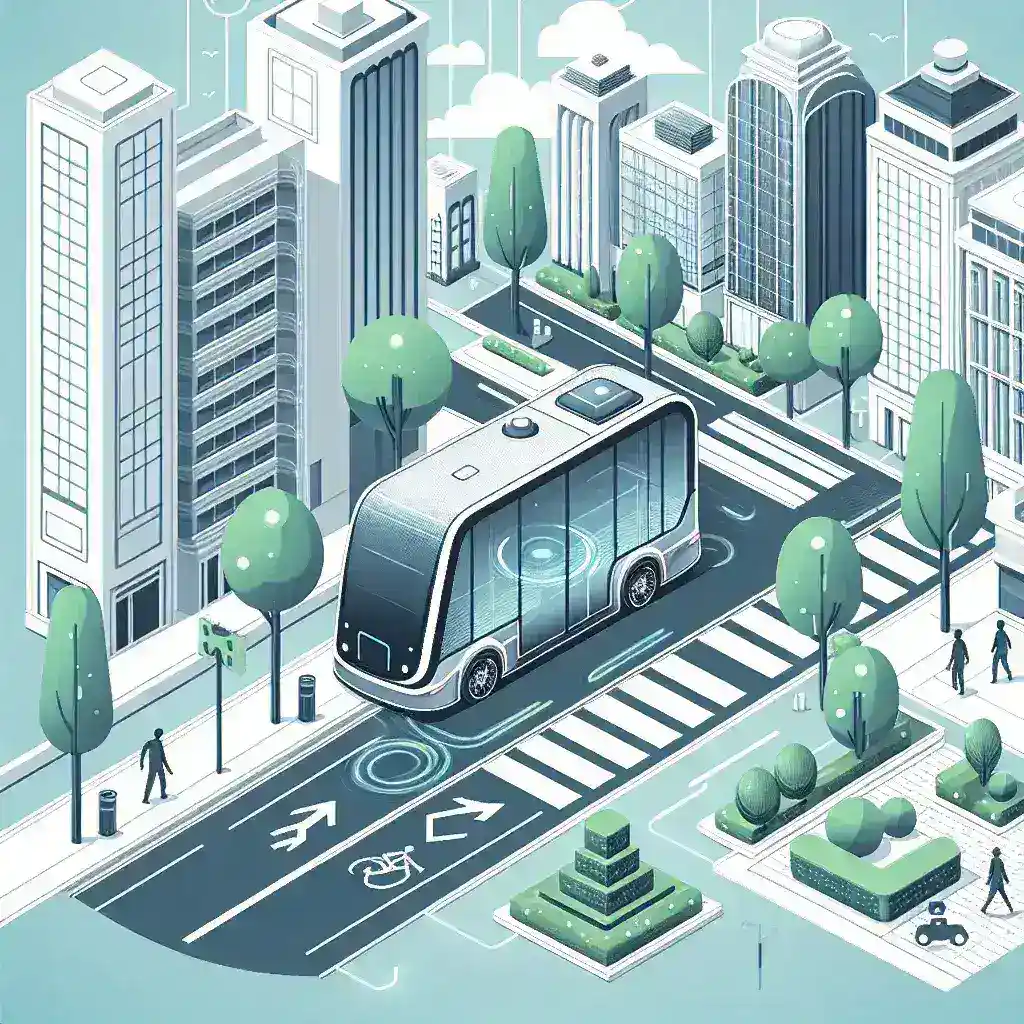Introduction
The advent of technology has sparked a revolution in urban mobility, particularly with the testing of autonomous buses in dedicated urban corridors. This article delves into how mobility companies are implementing these innovations, their benefits, challenges, and what the future may hold for public transportation.
The Rise of Autonomous Buses
As cities expand and populations grow, the demand for efficient public transportation systems has never been higher. Autonomous buses represent a significant step towards meeting this demand. These vehicles leverage artificial intelligence and advanced sensors to navigate urban environments without human intervention.
Historical Context
The journey toward autonomous public transport began decades ago, with early prototypes appearing in the late 20th century. However, it wasn’t until the advancements in AI and machine learning in the 21st century that these concepts gained traction. Companies began experimenting with self-driving technology in various settings, culminating in dedicated urban corridors designed specifically for these vehicles.
Current Testing Initiatives
Several leading mobility companies have initiated testing programs for autonomous buses in urban areas worldwide. For example, cities like San Francisco and Singapore have established dedicated corridors that allow these buses to operate efficiently and safely.
- San Francisco: Testing includes real-time monitoring and data analysis to improve navigation algorithms.
- Singapore: The government collaborates with tech firms to integrate smart city technologies with autonomous transport.
Technological Advancements
At the heart of autonomous buses are state-of-the-art technologies that enable them to function safely and efficiently. Key components include:
- LiDAR Sensors: These create 3D maps of the environment, allowing buses to detect obstacles.
- Computer Vision: This technology helps buses recognize traffic signals, pedestrians, and road markings.
- AI Algorithms: These allow for real-time decision-making, adapting to changing traffic conditions.
Benefits of Autonomous Buses
Implementing autonomous buses in dedicated corridors offers several advantages:
- Increased Safety: Autonomous systems are designed to minimize human error, which is a significant factor in traffic accidents.
- Efficiency: These vehicles can optimize routes and reduce travel times thanks to real-time data processing.
- Cost Reduction: While initial setup costs are high, operational costs tend to decrease in the long run due to reduced labor expenses.
Challenges and Concerns
Despite the promising outlook, the deployment of autonomous buses is not without challenges:
- Public Acceptance: Many individuals remain hesitant about riding in driverless vehicles.
- Regulatory Hurdles: Legislation surrounding autonomous vehicles is still evolving, which can delay implementation.
- Infrastructure Needs: Dedicated lanes and smart traffic systems need to be established for these buses to operate effectively.
Future Predictions
The future of urban mobility will likely see a more integrated approach, where autonomous buses operate alongside traditional modes of transport. Experts predict that:
- Expansion of Dedicated Corridors: More cities will invest in infrastructure that supports autonomous transport.
- Integration with Smart City Initiatives: Autonomous buses will play a crucial role in the evolving smart city landscape.
- Increased Collaboration: Partnerships between tech companies and public transport authorities will become essential to developing effective solutions.
Real-World Examples
Several cities are already experiencing the benefits of autonomous buses:
Las Vegas
Las Vegas launched a free autonomous shuttle service that operates on a fixed route, providing a glimpse into the future of urban transport.
Gothenburg, Sweden
The city has been testing autonomous buses in mixed traffic conditions, gathering data to improve safety and efficiency.
Cultural Relevance
As urban populations continue to rise, the cultural implications of autonomous buses are profound. They represent a shift towards innovative solutions for age-old problems like traffic congestion and pollution. This transition also highlights the importance of sustainable urban planning.
Expert Opinions
Industry experts agree that autonomous buses could revolutionize public transport. Dr. Jane Smith, a leading transportation researcher, states, “Autonomous buses not only promise enhanced safety but also the potential for a more efficient public transport system, aligning with the sustainable goals many cities are striving for.”
Conclusion
In conclusion, the testing of autonomous buses in dedicated urban corridors is an exciting development in the realm of mobility. While challenges remain, the potential benefits for urban transportation are immense, paving the way for a future where efficiency and safety coexist. As technology continues to evolve, it will be fascinating to see how these autonomous systems integrate into our daily lives and reshape the urban landscape.
